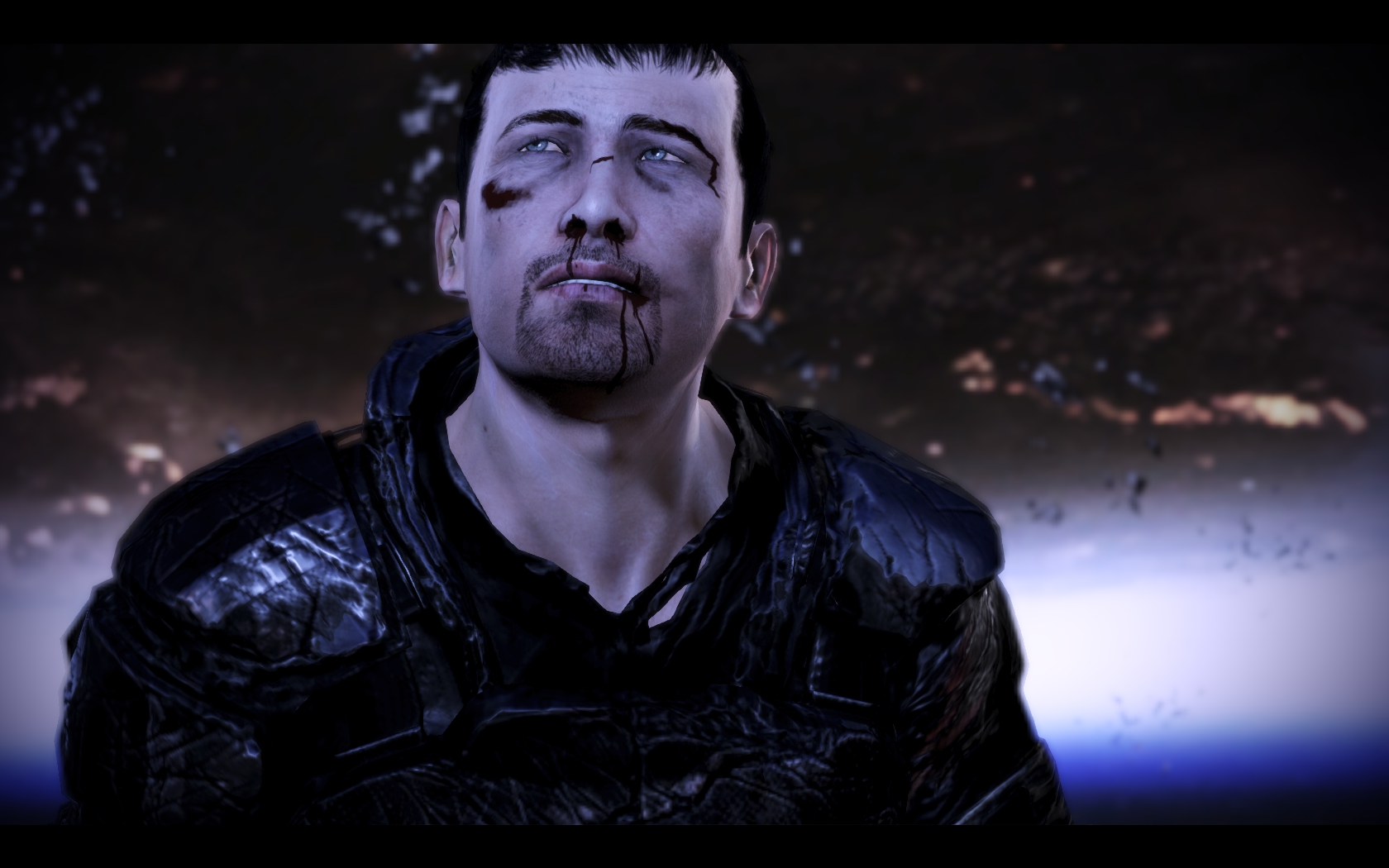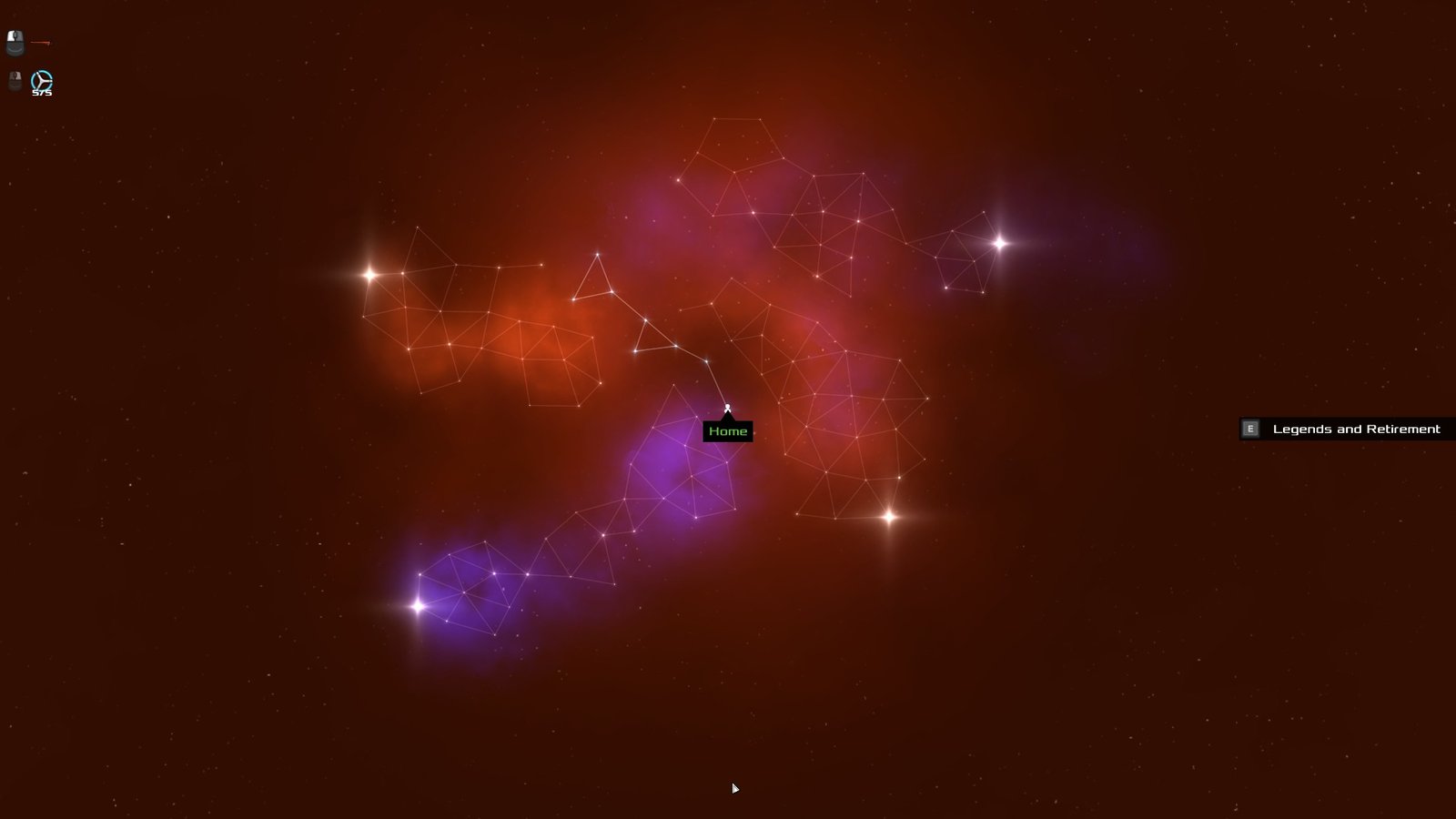I’ve written enthusiastically about both Mass Effect and Mass Effect 2. Despite flaws, they were both games that fired my imagination and lingered in memory long after the end credits rolled. Mass Effect 3 was set to do the same right up until its final 15 minutes, at which point the writing went to hell in a handbasket. It was an unfortunate ending to a trilogy of games that was groundbreaking in many ways and seemed particularly tragic given the general quality of storytelling in the rest of the game, which saw Bioware at their most deft and subtle.
After the general wail of disappointment, Bioware have spent the last few months tinkering with the ending in an attempt to end their opus on a more satisfactory note. The Extended Cut is now out and everybody appears to be weighing in on it, so I thought I’d do the same. First, though, a few words on what exactly left me disappointed by the original ending.
There will be, inevitably, vast spoilers from here onwards.
Mass Effect 3 worked for me, hitting all the story and action beats I wanted. Again and again throughout its running time it brought long-running plot arcs to a wonderful close in ways that reflected to some degree my decisions over the course of three games, from Mordin’s brilliant and bittersweet sacrifice on Tuchanka to the exquisite handling of Liara’s character. The latter in particular was handled with a subtlety and grace I’ve not seen from Bioware previously, treating the character with a maturity and respect that began with Mass Effect 2’s Lair of the Shadow Broker DLC. Of all the character interactions in the series, Shepard’s evolving friendship with her seemed the most convincing.
With the climax to each successive sub-plot being handled with such dexterity I was increasingly sceptical of the increasing internet clamour regarding the ending. It didn’t seem to make sense that Bioware could handle the supporting characters so deftly and then mis-place the final piece of the story. And yet, that is precisely what happened. The ending was a convoluted, contrary, contrived mess both in terms of gameplay choices (or lack thereof), thematic resonance and character motivations.
Thematically the finale seemed to be about a different story entirely, attempting to rewrite the entire series as being about organics versus synthetics, and positing that it was an irreconcilable conflict despite huge evidence to the contrary earlier in my play of Mass Effect 3 with the positive resolution of the Geth-Quarian storylines. There was nothing wrong with an organics versus synthetics theme, as that was definitely one of the on-going themes throughout the series, but the ending presented it as the single, overriding theme. Through the deus ex machina of the starchild it was presented as the one truth of the entire series.
Compounding this was Shepard’s out-of-character acceptance of the starchild’s testimony. Regardless of how anybody played Shepard, one thing that defined him as a character throughout was a rebellious streak that refused to accept what his superiors insisted was for the best. That he would happily accept all that the starchild said without comment and then blithely commit the galaxy to a vague and apparently apocalyptic fate was unconscionable to many players.
To be clear, I didn’t outright hate the ending. I didn’t start signing petitions or declaring that I’d never buy a Bioware ever again. Instead, I felt largely nothing. After several years of becoming invested in these games, the ending had absolutely no impact on me other than to leave me slightly nonplussed. More problematic was that it seemed to render much of what had come before null and void. The fates of Quarians, Turians, Geth, Jack, Liara, Mordin, the Krogan all seemed somewhat irrelevant given that all three possible endings appeared to entirely reconfigure the galaxy to such an extent that all society, politics and economics would change.
It seemed that Bioware’s writers had rather underestimated the impact of all the mass relays being destroyed, in a galactic civilisation that relied on them for just about everything. If all roads suddenly disintegrated and made vehicular transport impossible our society would change massively in an instant. And in that scenario, there would at least be the option of walking. With mass relays gone and no replacement technology ever mentioned, billions and billions would die, one way or another.
For a (relatively short) while I wasn’t sure if I would be able to muster the enthusiasm and patience to play through the Extended Cut. Thankfully I did, as it has effectively ‘fixed’ the entire series for me, masterfully re-contextualising the finale without directly changing it. The three choices remain, the Crucible’s purpose is the same, the starchild still says his piece. Many have written about the extended endings, which are indeed more effective, but the real success is in the exchange with the starchild.
The starchild conversation, before and after the extended cut’s alterations, should be used in game storytelling lectures for years to come. It highlights how a story gives context and relevance to game mechanics. By entirely rewriting the conversation Bioware have given the ending an entirely different context, without needing to change any of the mechanics or fundamentals. It certainly won’t work for everyone but it did for me, and the best way to examine why is to break down the story elements pre- and post-EC.
The original ending was positioned thusly:
- The starchild, catalyst, Crucible and Reapers appear to be more-or-less one and the same.
- The starchild is presented as a god character. It speaks the truth, and both Shepard and the audience should accept it as fact. It is the game’s writers, made manifest in the fiction.
- The starchild has been using a synthetic race (the Reapers) to kill and harvest organics in order to prevent organics and synthetics destroying each other in conflict. Logic weeps, yet this is presented as inarguable fact. As true as Liara is blue.
- Shepard accepts everything the starchild says without question, even though the starchild is presented as being one and the same as the Reapers.
- Shepard accepts the Crucible’s options without worrying about the consequences.
The Extended Cut’s ending, meanwhile, re-contextualises to this:
- The starchild is an AI construct created millennia ago by a now-forgotten race.
- The starchild AI was created by the ancient race to maintain peace/balance between organics and synthetics. The ancient race clearly feared the potential threat from their synthetic creations and wanted an overriding AI that could regulate their behaviour.
- The starchild AI’s programming resulted in it concluding that conflict was inevitable. To avoid total destruction of all organic and synthetic life, it concludes that harvesting all of it and storing it safely in Reaper form is the best solution.
- Crucially, the starchild AI’s conclusion is presented as fallible. Shepard questions the logic, enabling audiences to also question it without breaking the narrative.
- Shepard questions everything the starchild says.
- The starchild is separate to the Crucible.
- The Crucible is indeed a device designed specifically to stop the Reapers, passed down through successive harvested cycles. The starchild/Reapers thought that they had destroyed all plans with the previous cycle (ie, the Prothean cycle).
- The starchild is as surprised by the Crucible’s power as anybody.
- The Crucible presents the starchild with new options. For the first time in countless thousands of years, the starchild AI’s logic is able to process new possibilities. It sees that if Shepard uses the Crucible it can provide a new, more optimised answer to the conclusion it originally formed at the start of the Reaper cycle (ie, that all life should be harvested in order to keep it safe in museum form).
- Intriguingly, the starchild appears to be glad for these new options, and hopeful that Shepard will use one of them, even if that means destruction of all Reapers and the starchild. This tallies with the concept of the starchild being a logic-based AI, albeit one with a bad set of programmed parameters.
- Shepard can still choose to reject the Crucible and the starchild’s account, although this inevitably leads to a continuation of the starchild AI’s ‘solution’.
Introducing fallibility to the starchild character is what is most important about the changes Bioware have made. That one change enables the ending to occur as-is without the player having to agree or accept it. Separating the existence and purpose of the Crucible from the starchild’s own motivations completes the thematic corrections, enabling Shepard/the player to use the Crucible’s powers without feeling like they have become a gutless pawn of the Reapers.
All the extended cutscenes would have been for nothing had they not re-written this dialogue sequence. That they did then enabled me to enjoy the ending in all its bittersweet glory. The emotional impact that was missing on my first completion of the game this time was in full force and I felt the weight of three games’ worth of story, all the plot strands coming neatly and satisfyingly to a close.
I didn’t think they’d manage to fix the mess of the original ending but, remarkably, they did. Bravo, Bioware. Bravo.











0 Comments
Spiffy games of 2012 « Potential Gamer · December 22, 2012 at 1:44 pm
[…] for its last 30 minutes, a bizarre narrative mis-step that seriously pissed off a lot of people. The extended cut, for me, resolved the issues and provided a satisfactory ending to the trilogy but the key thing to […]